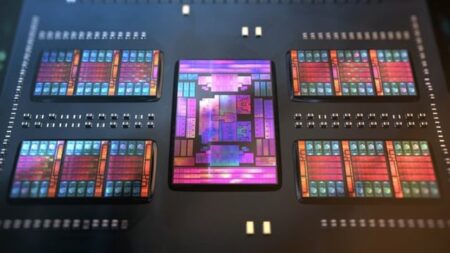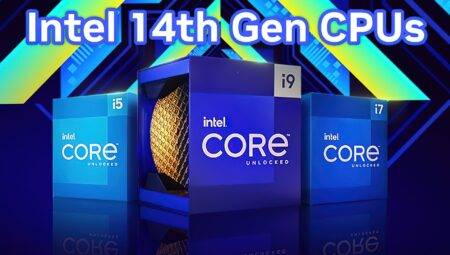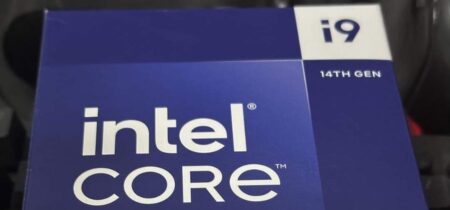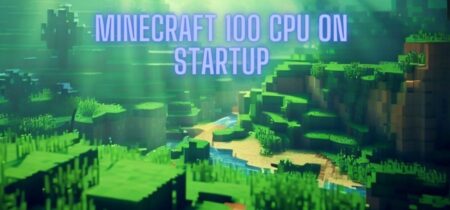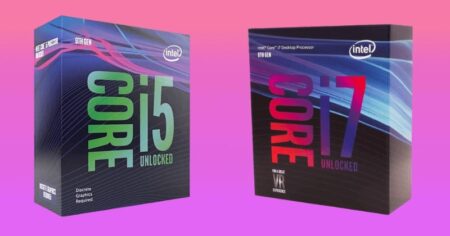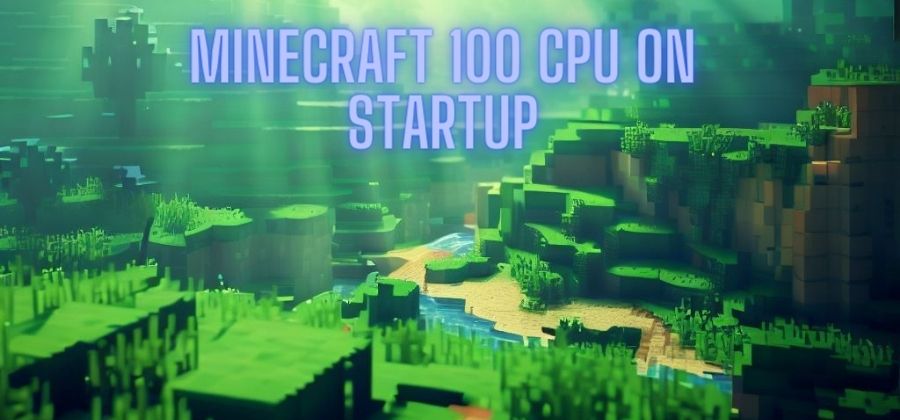
Minecraft stands as a phenomenally renowned sandbox video game birthed by the creative minds at Mojang Studios, gracing the gaming world in the year 2011. Its journey through time has elevated it to a position of legendary acclaim, captivating the hearts and minds of countless gamers across the globe. In this extraordinary virtual realm, players are granted the power to venture forth into an expansive, procedurally-crafted 3D universe teeming with an array of distinct blocks and resources. These very elements serve as the building blocks of imagination, enabling players to construct sprawling edifices, forge indispensable tools, and even wield formidable weaponry to safeguard themselves from the ever-menacing hordes that traverse this captivating world. However, some players have reported that Minecraft 100 CPU on startup, which can cause the game to become choppy and overheat your device. In this article, we’ll explore the common reasons behind Minecraft’s high CPU usage and provide expert-recommended methods to fix the issue.
- What is CPU usage?
- Why does Minecraft use high CPU?
- How to stop Minecraft from using so much CPU:
- 1. Check Your Computer Specifications
- 2. Update Your Drivers
- 3. Consider Using the “Smooth Boot” Mod
- 4. Verify HDMI Port Connection
- 5. Check CPU Usage Per Core
- 6. Check the Minecraft Bug Tracker
- 7. High CPU Usage Might Be Normal
- 9. Optimize for Mac Users
- 10. Run 64-Bit Java
- 12. Adjust CPU Affinity
- 13. Adjust Framerate Settings
- 14. Norton’s Warning
- Minecraft server high CPU usage:
- Minecraft high CPU usage on startup:
- Modded Minecraft using too much CPU:
What is CPU usage?
CPU utilization is a metric that gauges the extent of computational muscle flexed by a computer’s central processing unit (CPU) in the present moment. It is measured as a percentage of the total processing power available on the computer. CPU usage can affect Minecraft’s performance because the game is CPU-intensive and requires a lot of processing power to run smoothly.
Why does Minecraft use high CPU?
Minecraft is known to be CPU-intensive due to its advanced graphical features, such as dynamic lighting and shading. Unlike most games that rely on GPU for rendering, Minecraft primarily depends on the CPU. This means that the CPU has to work harder to render the game’s graphics, which can lead to high CPU usage.
In addition to this, there are several other reasons why Minecraft might use high CPU resources. Some common reasons include:
- Background processes: If you have resource-intensive tasks running in the background, they can consume CPU resources and cause Minecraft to run slowly. Try closing unnecessary processes and programs.
- Low-end devices: Insufficient processing power in low-end devices can lead to high CPU usage in Minecraft. Consider upgrading your device or reducing graphics settings to reduce the load on the CPU.
- Faulty CPUs: If your device has a faulty CPU, it can contribute to high CPU usage in Minecraft. In such cases, upgrading your device might be necessary.
- Game bugs: Bugs in the game itself can cause Minecraft to use more resources than necessary. Check for game updates or report the issue to game developers.
It’s important to note that Minecraft is a complex game with many variables that can affect its performance. Ensuring that your system meets the recommended requirements, running a malware scan, and keeping your Windows computer up to date are also good practices.
How to stop Minecraft from using so much CPU:
Drawing from recommendations by the Minecraft community, we’ll delve into optimizing hardware, updating drivers, utilizing mods, and adjusting in-game settings to ensure a smoother gaming experience while keeping your CPU usage in check. Whether you’re a seasoned player or just diving into the world of Minecraft, these solutions will help you enjoy the game without maxing out your CPU.
1. Check Your Computer Specifications
Before diving into solutions, it’s essential to ensure that your computer meets the necessary hardware requirements for Minecraft. Here’s how to do it:
- CPU: Make sure your CPU meets or exceeds the game’s requirements.
- GPU: Ensure that your graphics card can handle Minecraft.
- RAM: Minecraft can be memory-intensive. Having enough RAM is crucial for a smooth experience.
- Storage: Make sure you have sufficient free space on your hard drive or SSD.
2. Update Your Drivers
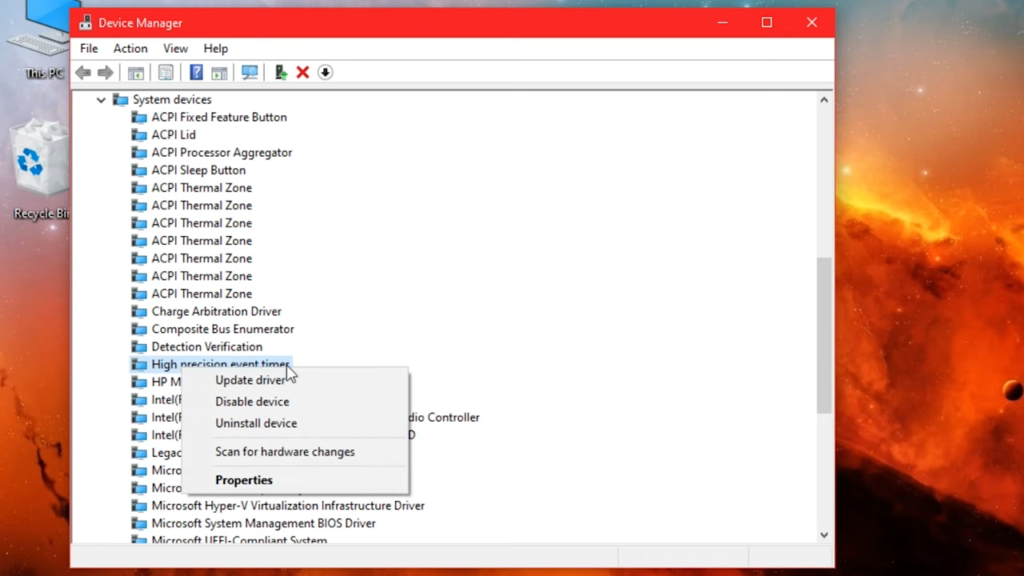
One recommendation is to update your graphics card drivers regularly. Outdated graphics card drivers can lead to performance issues. Visit your GPU manufacturer’s website and download the latest drivers for your graphics card.
3. Consider Using the “Smooth Boot” Mod

If you’re playing with a modpack, try using a mod called “smooth boot.” This mod can help optimize the startup process and reduce CPU usage during loading.
4. Verify HDMI Port Connection
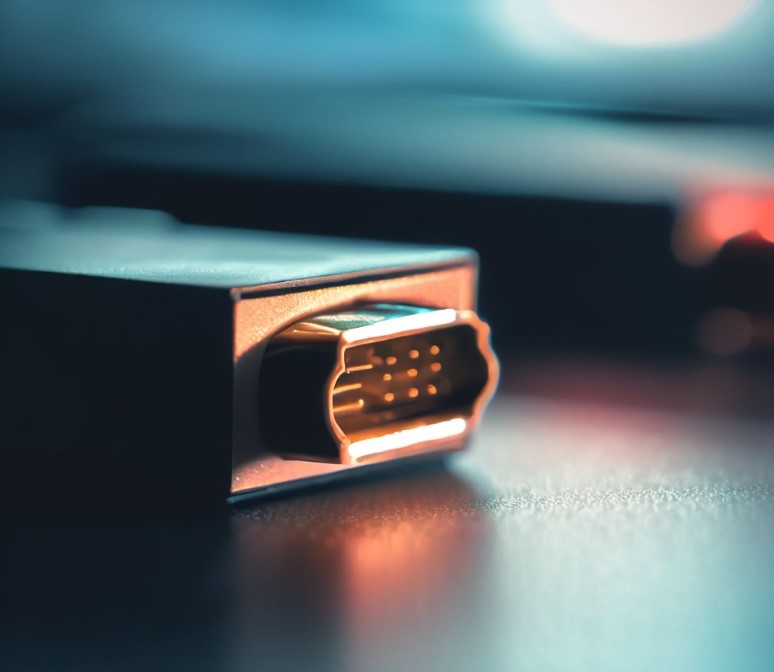
Ensure your monitor is connected to the correct HDMI port on your GPU. Sometimes, switching ports or using different cables can make a difference. After making changes, restart your PC.
5. Check CPU Usage Per Core

High CPU usage on one core is common in Minecraft and is generally not an issue. You can monitor CPU usage per core in Task Manager to see if it’s evenly distributed or concentrated on one core.
6. Check the Minecraft Bug Tracker

It’s recommended to check the Minecraft bug tracker for any reports related to high CPU usage. Sometimes, the issue might be a known bug with ongoing development.
7. High CPU Usage Might Be Normal
Keep in mind that high CPU usage might be normal for Minecraft due to its single-threaded nature. While optimizing is helpful, some CPU usage is expected.
9. Optimize for Mac Users
If you’re playing Minecraft on a MacBook Air, consider using clients that boost FPS to achieve a smoother experience. These clients can help your MacBook Air handle the game better.
10. Run 64-Bit Java
Running the 64-bit version of Java can significantly improve Minecraft’s performance as it allows the game to access more system resources.
12. Adjust CPU Affinity

Adjust the CPU affinity for the “javaw.exe” process. This can limit its usage to a specific number of CPU cores, leaving others free for other tasks.
13. Adjust Framerate Settings
Change the framerate settings in Minecraft to see if it affects CPU usage. Lowering the framerate limit can reduce CPU load.
14. Norton’s Warning
If you receive an antivirus warning about “Javaw.exe” using 100% of one core, it’s likely not a real concern. Minecraft aims to render frames as fast as possible, which can appear as high CPU usage. Just ensure your system is adequately cooled to prevent overheating.
Minecraft server high CPU usage:
If you’re running a Minecraft server, you may experience high CPU usage due to several factors such as large numbers of players, plugins, mods, or world generation. To reduce server lag and improve performance, you can try the following methods:
- Reduce view distance: View distance is the maximum number of blocks that the server will load in any direction from the player’s current position. By reducing the view distance in your server settings, you can decrease the amount of data that needs to be processed by your server. This can help reduce CPU usage and improve server performance.
- Remove unnecessary plugins: Plugins are add-ons that can be installed on your Minecraft server to add new features or functionality. However, some plugins can be resource-intensive and may cause high CPU usage. Removing any plugins that are not essential for your server’s operation can help reduce CPU usage.
- Optimize world generation: World generation is the process of creating new chunks in your Minecraft world as players explore it. This process can be resource-intensive and may cause high CPU usage. Tools like WorldBorder or ChunkMaster can be used to pre-generate chunks in your world, which can help reduce the load on your server.
- Upgrade hardware: If your server hardware does not meet the recommended requirements for running Minecraft servers, consider upgrading it to improve performance. The recommended hardware requirements for running a Minecraft server depend on several factors such as the number of players, plugins, and mods installed on your server.
- Number of players: The more players that are connected to your server, the more CPU resources your server will need to handle their actions and movements. If you’re experiencing high CPU usage due to a large number of players, you may want to consider limiting the number of players that can connect to your server at once.
- Plugins: Plugins are add-ons that can be installed on your Minecraft server to add new features or functionality. However, some plugins can be resource-intensive and may cause high CPU usage. Removing any plugins that are not essential for your server’s operation can help reduce CPU usage.
- Mods: Mods are modifications to the game’s code that can add new features or functionality. However, some mods can be resource-intensive and may cause high CPU usage. Removing any mods that are not essential for your server’s operation can help reduce CPU usage.
- World generation: World generation is the process of creating new chunks in your Minecraft world as players explore it. This process can be resource-intensive and may cause high CPU usage. Tools like WorldBorder or ChunkMaster can be used to pre-generate chunks in your world, which can help reduce the load on your server.
Minecraft high CPU usage on startup:
If you’re experiencing high CPU usage when starting up Minecraft, it could be due to several factors such as outdated drivers or software conflicts. Here are some methods you can try:
- Disable antivirus software: Disable any antivirus software temporarily while launching Minecraft.
- Reinstall Java: Reinstall Java on your device if it is outdated or corrupted.
- Run in compatibility mode: Try running Minecraft in compatibility mode for an earlier version of Windows .
- Check for pending updates: Ensure that Minecraft is up-to-date and has no pending updates. This can help fix any bugs or performance issues that may be causing high CPU usage.
- Verify system requirements: Confirm that your system meets the recommended requirements to run Minecraft. If your system falls short of the required specifications, it may struggle to handle the game’s demands, resulting in high CPU usage.
- Run a malware scan: Scan your system for malware using reliable antivirus software. Malware can consume system resources, including CPU, and impact game performance.
- Remove unwanted apps: Close any unnecessary apps running in the background that may contribute to high CPU usage. These apps can compete for system resources with Minecraft, leading to increased CPU load.
- Perform Disk Cleanup: Use the built-in Disk Cleanup utility on Windows to remove temporary and unnecessary files from your computer. This can free up disk space and potentially improve overall system performance, including CPU usage.
- Reduce graphics settings: Lower graphics settings within Minecraft to reduce CPU load. High-quality graphics can put a strain on your CPU, especially if it’s not powerful enough to handle them smoothly.
- Optimize system settings: Adjust system settings, such as power management options, to optimize performance. For example, you can set your power plan to “High Performance” or adjust individual settings like processor power management.
Modded Minecraft using too much CPU:
Mods can cause high CPU usage in Minecraft if they are not optimized properly or if they are resource-intensive. To fix this issue, you can try disabling or uninstalling mods that are causing high CPU usage.

